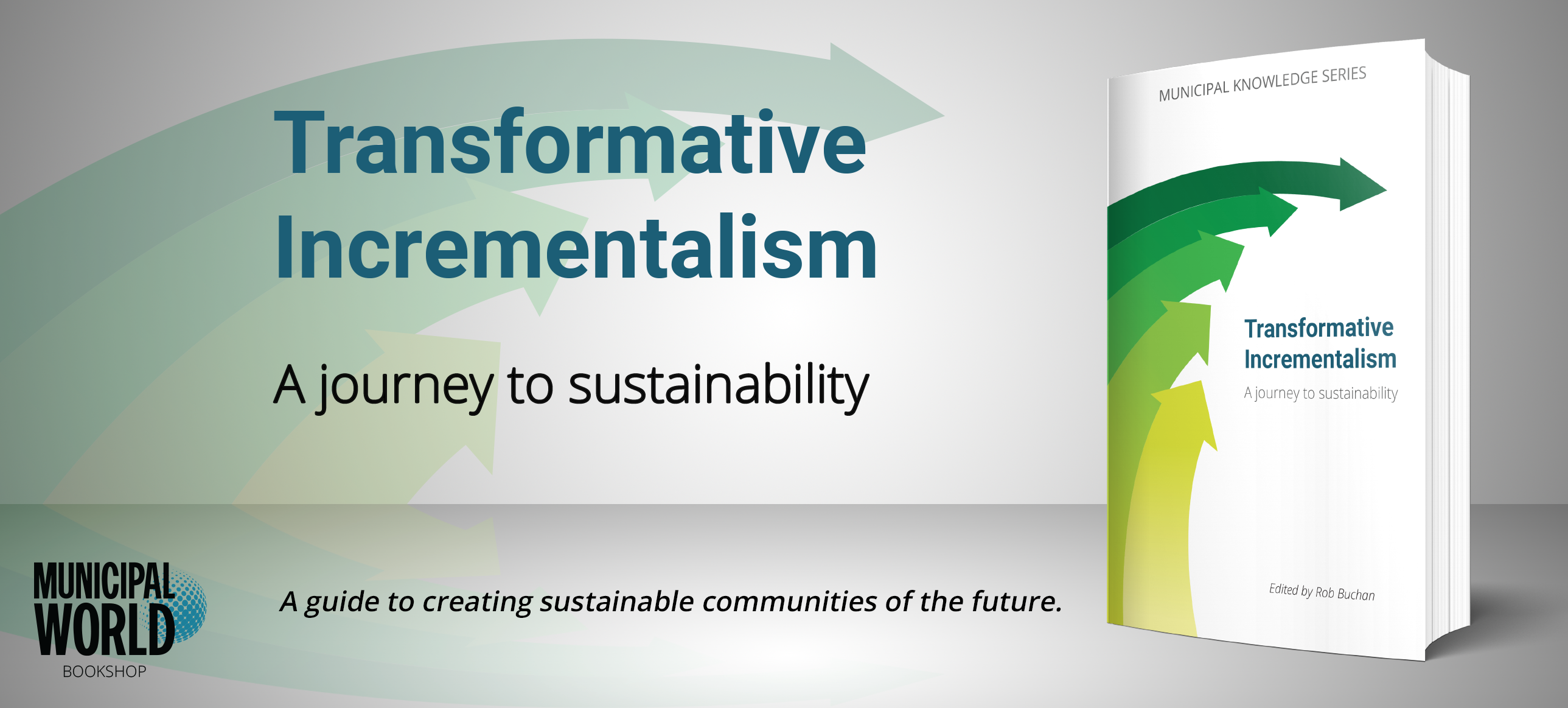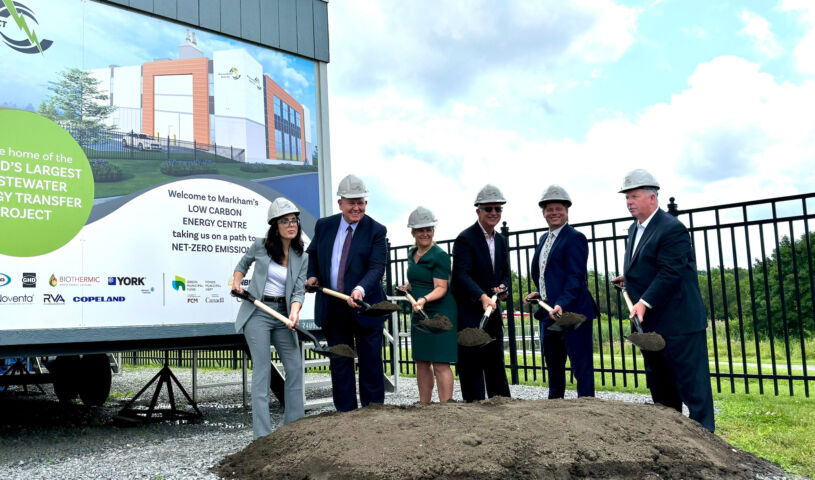On-demand transit: Public transportation’s more efficient possibility
 While major cities in Europe and Asia have well-developed and connected transit systems, North America’s cities have fallen behind. However, city’s such as Calgary are exploring an innovative solution: on-demand transit. Photo: Calgary Transit website
While major cities in Europe and Asia have well-developed and connected transit systems, North America’s cities have fallen behind. However, city’s such as Calgary are exploring an innovative solution: on-demand transit. Photo: Calgary Transit website
If you take public transit, you know that it’s not always as efficient as it can be. We’ve all found ourselves waiting on a platform indefinitely, on a heavily crowded train, or arriving at a bus stop just to see the bus already pulling away.
While major cities in Europe and Asia have well-developed and connected transit systems, North America’s cities have fallen behind, often remaining car dependent. That’s especially true if you live in the suburbs, where people often need to use their car to get to the nearest public transit hub.
However, a new study from a group of researchers at Concordia University is suggesting an innovative way to improve our public transportation systems: on-demand transit (ODT). The researchers suggest that the ride-share model, made popular by companies like Uber and Lyft, might be an innovative way of getting commuters where they need to go.
The group outlined their suggestions in a recently published paper, Innovative On-Demand Transit for First-Mile Trips: A Cutting-Edge Approach. ODT is a system that replaces a traditional bus route with on-demand options. Drivers respond to rider requests made through an app or website at existing bus stops. The drivers then pick up the passengers at the stop and drop them off at the nearest public transit hub, usually a commuter rail or metro station.
On-demand Advantages
The idea is centred on improving those “first-mile” trips – the initial stage of a commute when passengers leave their home for the transit hub, where they will embark on the next stage of travel that brings them to work.
The paper’s co-lead author, Seyed Mehdi Meshkani, said on-demand transit presents several advantages over the current model where buses transport people along a fixed route.
“From the passenger perspective, it improves passenger flexibility, wait times and total travel time, because the vehicle does not have to stop often,” he said. “It simply collects a few passengers at requested stops and brings them to the public transit hub.
The researchers used the town of Terrebonne, Que., a suburb of Montreal on the North Shore of the St. Lawrence River, as a model for their system. The moderately sized community is serviced by a commuter rail line and bus system that connects it to the larger suburb of Laval and the island of Montreal. This gave it the criteria the researchers needed to detail their system without installing actual physical prototypes of the system’s hardware.
The study found that instituting the ODT system could save commuters considerable time on their trips.
“The results of the comparison analysis reveal that the proposed ODT service may result in a significant 36 per cent reduction in total travel time as well as a 41 per cent reduction in detour time compared with the existing bus transit service,” the paper reads.
Exploring Transit Options
The on-demand model relies on smart devices installed at existing bus stops that are linked via the cloud to a right-matching dispatch algorithm. The passenger uses the device to place their request. The algorithm then matches the request based on wait time, proximity and other passenger requests and assigns a vehicle to pick them up and drive them to the public transit hub.
“The average total travel time in the ODT service is significantly shorter than that of the bus transit service,” the research paper reads. “This significant difference was expected because, in bus transit, passengers may be required to change the bus lines, walk portions of the route to reach another bus stop, and wait for the bus.”
Meshkani said that providing on-demand transit options also benefits transit operators as well as the passengers who use them. It significantly reduces capital and operating costs and reduces overall greenhouse gas emissions as well, he said.
Western Canada’s On-demand Focus
Cities across Western Canada have developed their own on-demand transit programs for residents.
In 2023, Edmonton’s on-demand transit service delivered its one-millionth ride. The service was launched in April 2021 to provide transit services in parts of the city where operating conventional buses isn’t feasible.
“This service provides another layer to our integrated transit network and helps connect riders in every corner of the city to school, work, healthcare appointments, recreational activities and everything in between,” said Carrie Hotton-MacDonald, branch manager, Edmonton Transit Service.
Edmonton’s is the largest on-demand transit program in Canada. Riders can book rides within On Demand Transit service areas online, through a smartphone app, the website, or by calling the On Demand Transit call centre.
Riders are picked up and dropped off at a designated location in their neighbourhood or a transit hub.
“I’m particularly proud of how On Demand Transit has furthered our efforts to support equity seeking groups in our communities,” said Hotton-MacDonald. “For example, almost half of the On Demand Transit riders are under the age of 24, 73 per cent do not have a personal vehicle and 58 per cent identify as Indigenous, Black, or a person of colour. In addition, more women use the service than other gender identities.”
In August, Calgary Transit announced it is expanding the city’s on-demand service to four new zones. The City of Calgary says the expansion is a way to introduce public transportation into communities that don’t yet have the ridership for regular, fixed route bus service.
“Our Ward 2 office has advocated for more transit options in the fast-growing communities to help keep costs of living down, and support those who cannot or choose not to drive,” said Coun. Jennifer Wyness. “While this is a positive step, the increased density and population of Ward 2 is quickly outgrowing existing service levels, and we will keep pushing for equitable transit services across Calgary.”
On-demand Options in B.C.
TransLink, which runs Metro Vancouver’s transit system, has also explored the idea of on-demand transit. The transit operator ran a pilot in 2019 on Bowen Island, just off the Vancouver coast.
A TransLink report on the pilot said that it was well-received by most of the people who used it.
“Approximately 80 per cent of users gave top scores on their experience with the on-demand service, with an average score of 8.6 out of 10,” the report states. However, a TransLink spokesperson said that the company’s financial situation has limited its ability to further test on-demand transit in other areas.
Elsewhere in B.C., operators are already introducing on-demand transit services. In April, BC Transit launched a new on-demand service in Kelowna’s Crawford neighbourhood. BC Transit is responsible for public transit in the province outside of Metro Vancouver.
“This new innovative service, which will improve mobility and sustainability in our community, is the first of its kind in the province, and we are thrilled to launch it here in Kelowna,” said Mayor Tom Dyas. MW
✯ Municipal World Executive and Essentials Plus Members: You might also be interested in Joey Cyples’ article: Sustainable, responsible, available net-zero transportation now.
Ibrahim Daair is staff writer at Municipal World.
Related resource materials:
- Transit in Metro Vancouver could face major cuts, TransLink warns
- Vancouver’s Gastown goes car free this summer
- Sustainable, responsible, available net-zero transportation now



